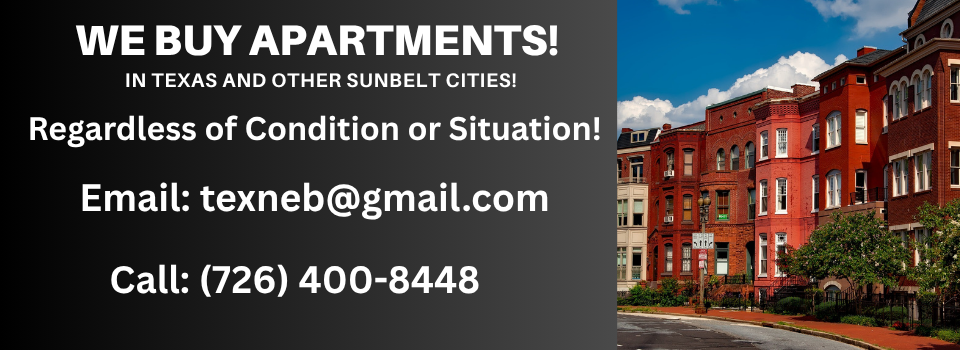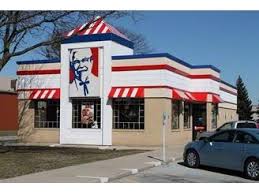Investing in commercial real estate can be extremely lucrative and rewarding. And in the current economic conditions, it can provide more security than investing in the stock market.
The stock market is currently on shaky ground, surviving in large part due to government bailouts. Continuing market corrections are inevitable. At the same time, most companies aren’t paying much in dividends.
On the other hand, commercial properties, purchased correctly and with the right tenants in place, can provide security through income, tax benefits, equity, appreciation and leverage.
But investing in commercial real estate, like any other kind of investment, requires preparation, diligence and perseverance.
1. The first step is to understand the types of product available to invest in and the major differences between them. Each property category has its own unique characteristics and requires specific knowledge to own. The types of commercial properties are:
• Apartments ranging from 5 units to hundreds of units, from a single level to a high rise building.
• Hotels ranging from a small bed and breakfast to a motel to a large multi-story hotel.
• Office properties can range from a single building to a campus of buildings to a high rise building.
• Industrial properties can go from a small building with one tenant to a large building with one tenant to a large building with multiple tenants.
• Retail properties consist of single buildings, neighborhood shopping centers, power centers, regional malls and lifestyle centers.
Of course, you can also have multi-use properties where you have any combination of apartments, hotels, offices and/or retail stores. You don’t need specific knowledge in order to invest in any one category; get the help of an expert in that product type to guide you until you gain this knowledge.
2. Next, determine the amount of money you are able to invest and what return you need to generate from the investment to make the investment worthwhile. This number is purely subjective and can vary from instance to instance.
Typically, you have two types of investments, value driven investments and value added investments.
Value driven investments are secure investments backed by stable leases with periodic rent increases which will generate a return in the 6% to 14% range depending on the marketplace, demographics, tenants’ credit, age of property, etc. These properties will typically become more competitive the larger they are as institutions will compete for the larger ones (over 100,000 square feet). Since institutional investors require a lesser return, they will drive the price up to a point where it’s no longer worthwhile for a smaller investor. I would suggest looking for properties which can generate over a 10% return so that both you and the investors can make money.
Value added investments will offer larger returns, especially in the long run, since the risk is typically higher. Typical value added properties generate a 12% to 25% return on investment depending on how long it will take to maximize the value.
3. Now that you have a number of how much you have to invest and the return you require, you are ready to start looking for a property. There are several places to look for properties such as online services like LoopNet, CoStar, and Catalyst, but I suggest that you utilize a commercial real estate broker who specializes in the type of property you want to purchase. You can find these brokers on the internet or by driving around your area and getting names from the signs at different properties. Speak with 3 or 4 brokers to get a feel for which one can best assist you with your particular needs.
4. If you find a property that meets your requirements and you need a loan, submit it to a bank or a mortgage broker who will shop it around and get you some quotes. This is important as they will issue you a letter of intent stating the terms upon which they will be able to lend to you.
At this stage you can determine how much you need to invest, how much your monthly mortgage payments will be, and what your cash on cash return will be. This will help you make an educated decision on whether or not you want to buy the property.
Understanding real estate leverage is important whenever investing in commercial real estate. I suggest that on value driven investments you utilize no more than 70% leverage, but in value added investments, I feel that you can go as high as 100% leverage depending on how quickly you can do the things which will add the value.
As I say throughout my blogs, if I may be of assistance with your real estate questions please contact me, I truly want to help. My way of giving back is to give away my knowledge. Thank you for reviewing this blog.

